PERFORMANCE: BANG BANG-Translocal hi:stories of performance art
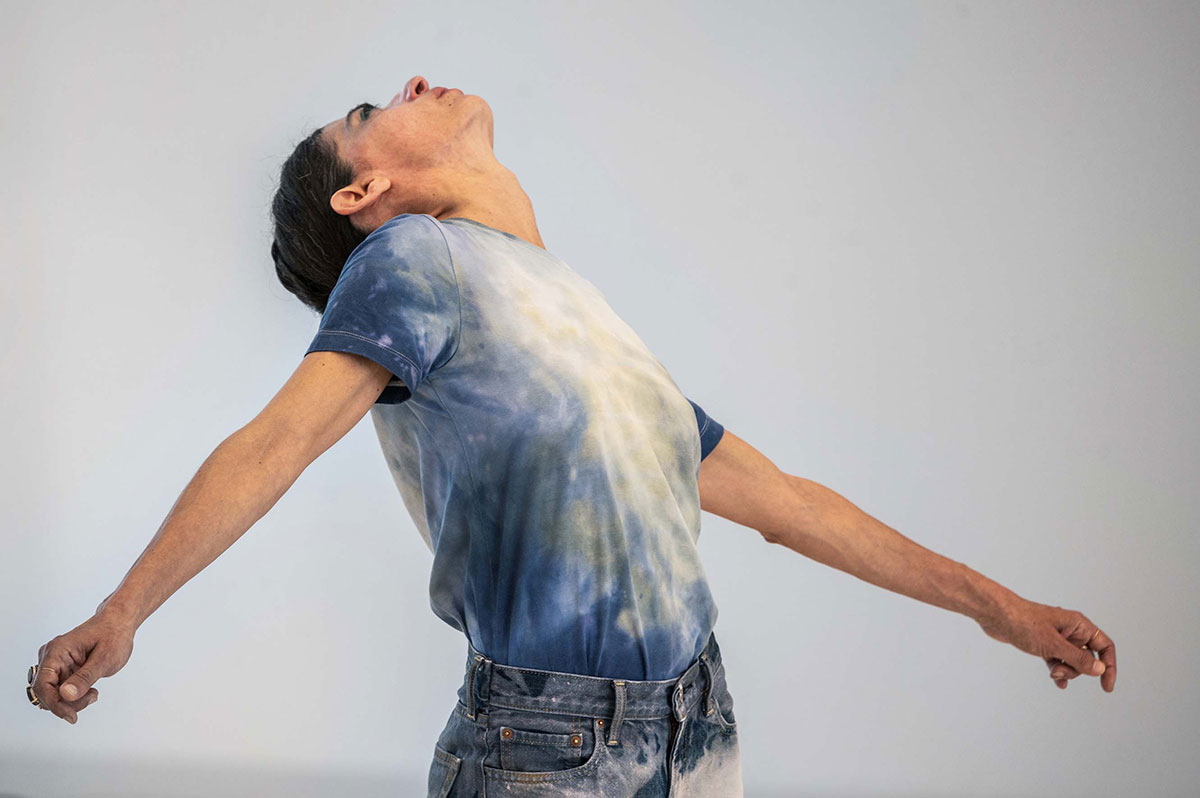 At the heart of the process-oriented exhibition “BANG BANG – Translocal hi:stories” of performance art” is the Swiss performance scene, its players, and its networks, accompagnied by a vibrant and ambitious international program. The incredibly rich history of the medium is presented in a unique kaleidoscope of video installations, performances, photos, and texts.
At the heart of the process-oriented exhibition “BANG BANG – Translocal hi:stories” of performance art” is the Swiss performance scene, its players, and its networks, accompagnied by a vibrant and ambitious international program. The incredibly rich history of the medium is presented in a unique kaleidoscope of video installations, performances, photos, and texts.
By Efi Michalarou
Info: Museum Tinguely Archive

The exhibition “BANG BANG – Translocal hi:stories of performance art”, charts the development of performance art and redraw the contours of this constantly changing discipline. As a festival of performance art, the exhibition is subdivided into seven thematic chapters, which on seven weekends will combine live performances, discussions, and presentations involving audiences, artists, scholars, and the museum. Ranging from the dazzling to the almost imperceptible. Themes of the exhibition: Saga (Looking back): Although performance is a young medium, it already has plenty of stories to look back on. How might this legacy be made productive? Its stories are tales of performance art’s beginnings, its experimentation with formats of collective remembrance, and oral history traditions as narrative and countemarrative. Up for discussion will be variants of performative engagement with performance history: revivals of historical performances that try to be as faithful as possible, «second-hand works» or re-enactments that depart from the original, and completely new works inspired by the same sources. These will shed new light on topical questions as heritage performances are embraced, continued, and re-contextualized, the traces of their history preserved, and cross-generational dialogues initiated. Contemporary performance, in other words, is steeped in its own reception and research.
Emancipation from the Medium (Aesthetic Practices, Hybridization): Performance art has long been an artistic genre in its own right that is rendered powerful by its own intermediacy. So does it actually need its own venues, or is it destined to remain stuck in the cracks between traditional gemes. Performance art shuttles back and forth between disciplines. It grew out of crossborder forays from the fine arts, theatre, dance, music, and literature – but also out of stand-up. Performances are often articulated in the language of the genre that gave rise to them, and take place in that genre’s ancestral habitat. Whether it is an exhibition space, concert hall, club, theatre, dance stage, or the public space, each has its own reception traditions, just as the conditionalities of the genre are always in the air and hence implicit in the performance, too. The production conditions, in other words, can vary considerably. Performance art has also had to be self-reliant, growing out of, and drawing inspiration from, the most diverse subcultures and the most diverse artistic, social, and political discourses. Avantgarde, Pioneer, Digital Nerd. The number of different attitudes trying to re-invent performance art and leave their stamp on it while disregarding the rules is perplexingly large. As annoying as they may be at first, these shifts and changes of focus are what enables the genre to change. For all their different traditions, questions, and aesthetic practices, all disciplines know and use the performance concept, which really does break down barriers. Where are there parallels? What do we have in common?
On the Radical Equivalence of Experience (Choreopolitics, Queer): At the heart of this theme is the place from which we express ourselves. Where does our l come from? And our We? How can spaces and times be connected and kept flexible even as they interact? After all, places and contexts are the spatial and mental settings that render experience possible or impossible. Choreopolitics explores what invisibly guides our bodies and our emotions. Complex performative systems impact us. Spatial and social situations, institutions, urban planning and architecture, but also the family, school, stage, work, and gender norms all evoke demands on our conduct, our actions, our sensibility. Since in everyday life such appeals tend to masquerade as habits, routine, or matters of course, we often become aware of them only after moving to a different context. Choreopolitics reads places as spatial and mental settings that enable the new.
The Fleeting Act (Politics, Activism, Feminism): The dynamic relationship between the subjective and the collective and the desire for self-empowerment are two points in common between artists and activists. When concerns are raised not only with signs and symbols, but also with unexpected images and invented gestures, these often prove to be the more open and readily accessible forms of communication. Concerns that are visible and comprehensible can also be negotiated. Performance art sets out to annoy and to seduce, to publicly question the status quo and the government of the day, and to create facts on the ground.
Social Elegance (Friendships, Scenes, Networks): Networks, collectivity, and community are the core themes of this chapter about friendship and working together. Is not performance by definition a collective, communal, interactive art? Swapping ideas, assembling competencies, forming a team – aspects such as these are central to creativity, which is premised especially on {curatorial, artistic, or historical) networks and shared influences.
Live Transmission (Situation, Reception): The question explored here is that of perception and the unmediated experience of a work of art that is made possible by the simultaneous presence of artists and spectators at a single performance. Audience and performers share the same time and the same space, which is charged and transposed by the breathing, animate presence of all those occupying it. This co-presence assigns the audience a special role: To what extent is its gaze of constitutive importance to the work being watched? This initial set-up of transmission and identification then spawns translations, communications, and responses of all kinds. Sharing and talking about what was shown will henceforth be crucial to its continued existence.
Freckly Night (Dazzling Moments between Past and Future): This festive moment celebrates the exhibition itself and the insights gained from it, as well as the togetherness of concert, performance, and show. The dos and don’ts of the craft will themselves supply the inspiration for an evening of moderated performance art, full of sensuality, energy, humour, and collectivity. Which great moments, which undiscovered heroes and heroines, which steadfast collectives will be summoned? And how strung together? How will the energy flows be kept flowing? The sole aim here is to celebrate this living art together and to pay tribute to it in concerts, performances, and shows.
Participating Performers: Ariane Andereggen, Alex Baczynski-J enkins, Claudia Barth mit Trudi Barth, Madison Bycroft, Ntando Cele, Davide Christene Sanvee, Jean Cotter, Yan Duyvendak, Evi, (Nie) & C, Iris Ganz, Julia Gerocs & Gabriel Studerus, Markus Goessi, Claudia Grimm I DARTS Collective, Maria Hassabi, Anne Sylvie Henchoz & Myriam Ziehli & Dorothea Rust & Rahel El-Maawi, Gisela Hochuli, Leo Hofmann, Bruno Jakob & Hans Witschi, Birgit & Anatol Kempker, Tarek Lakhrissi, Paul Maheke, Boris Nieslony, Les Reines Prochaines, La Ribot Ensemble, Darren Roshier, Anne Rossel & Robert Alexander, Dorothea Schulich & Barbel Schwarz, Anne Kathi Wehrli , Espen Weile Kjaer
Photo: Maria Hassabi
Info: Museum Tinguely, Paul Sacher-Anlage 1, Basel, Switzerland, Duration: 8/6-21/8/2022, Days & Hours: Tue-Sun 11:00-18:00, www.tinguely.ch/
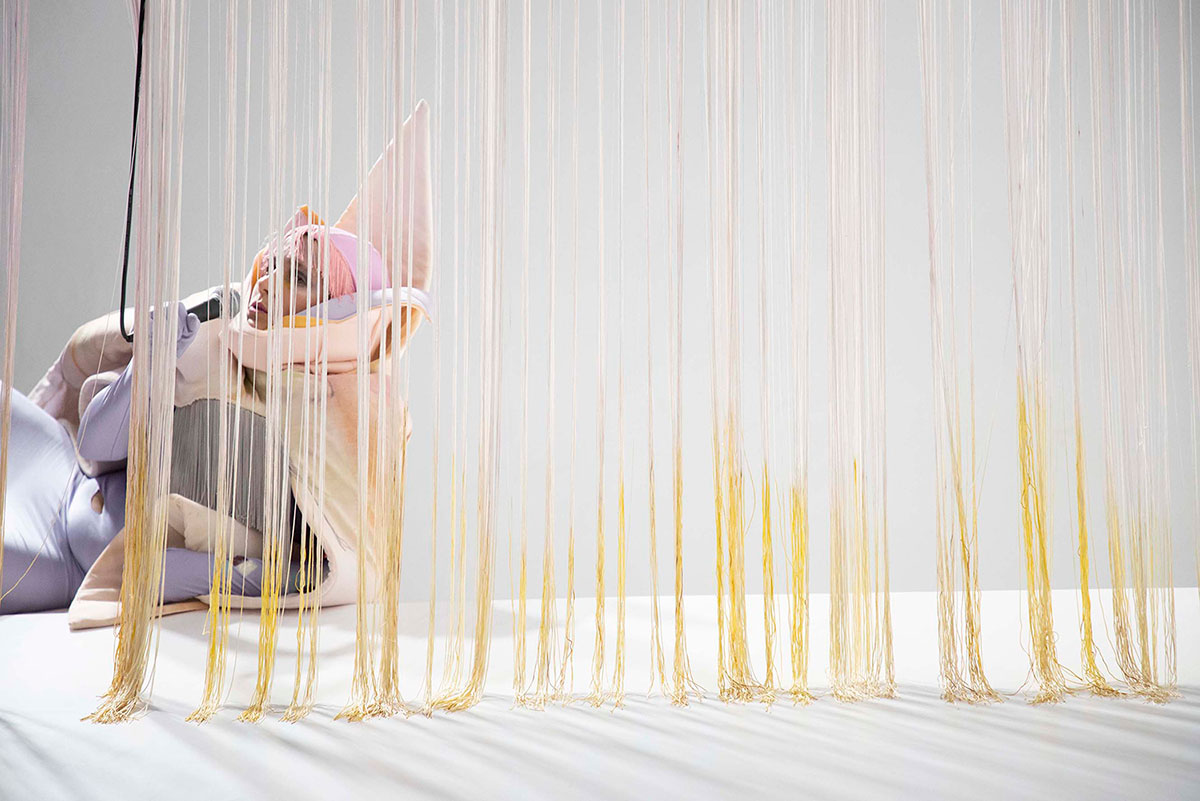
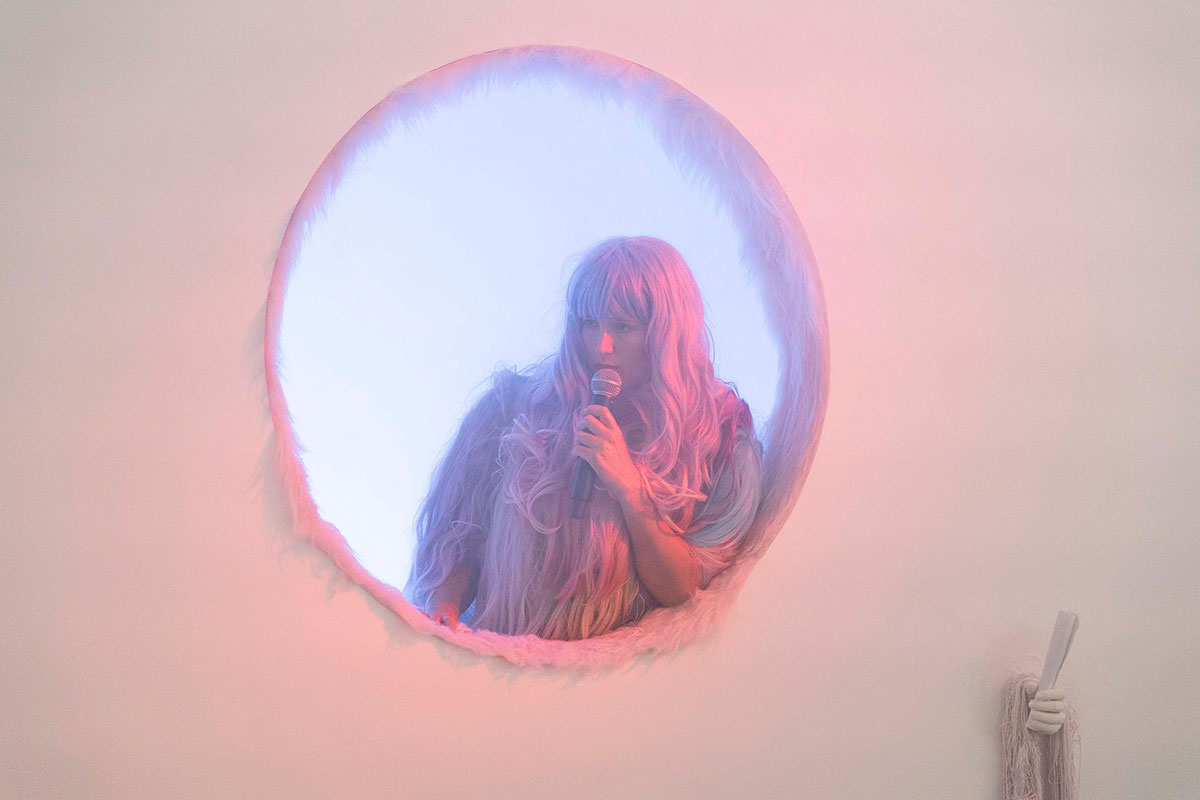
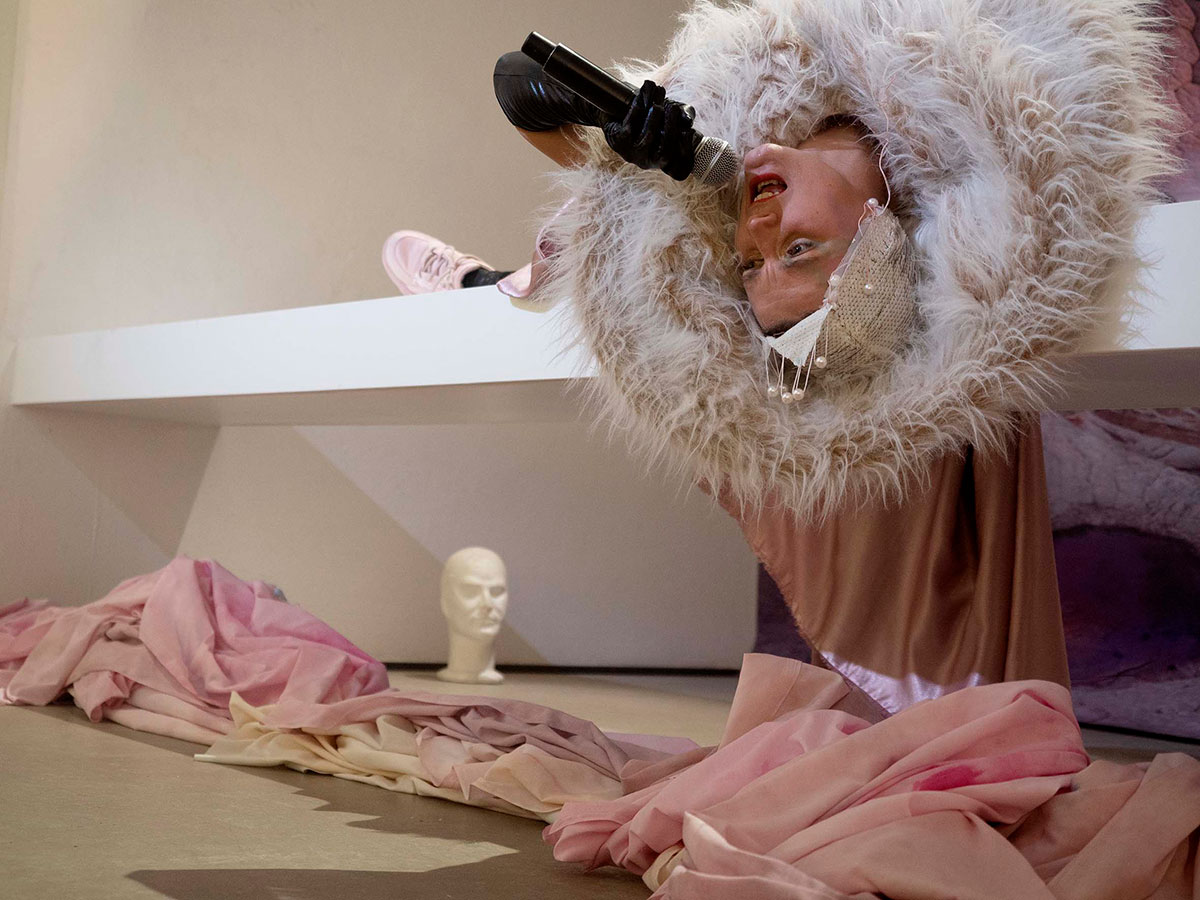
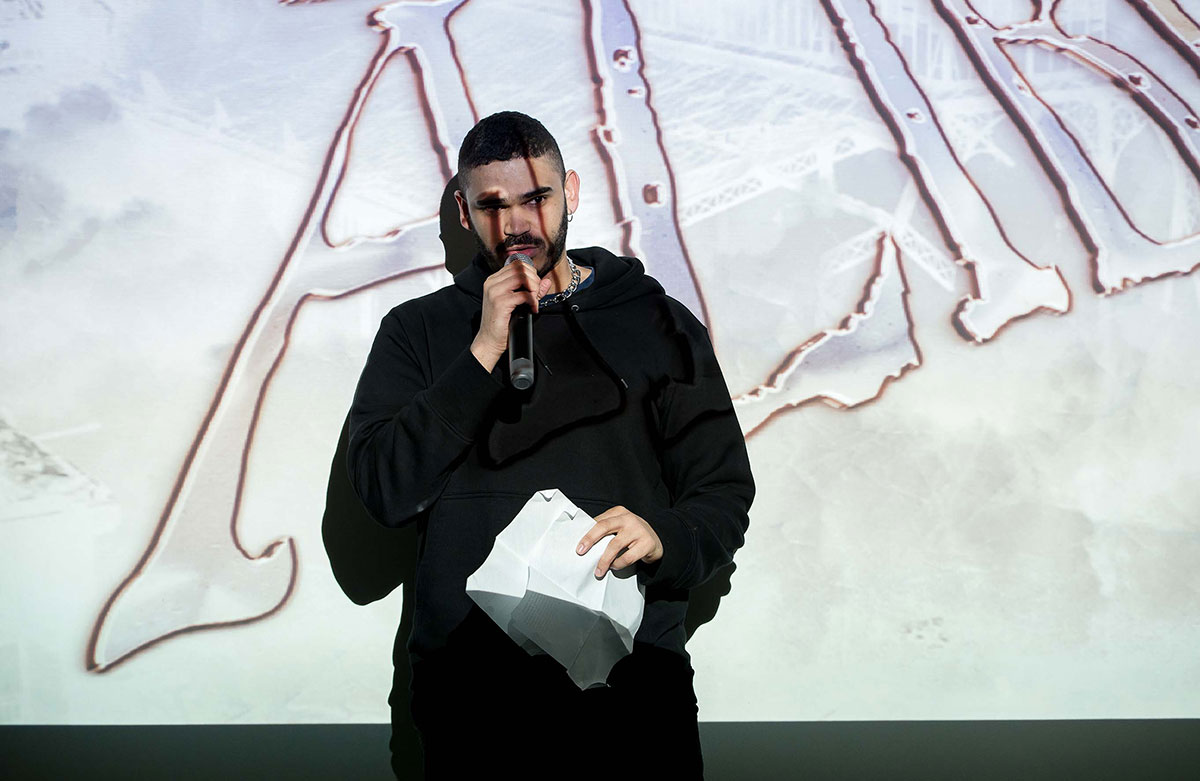
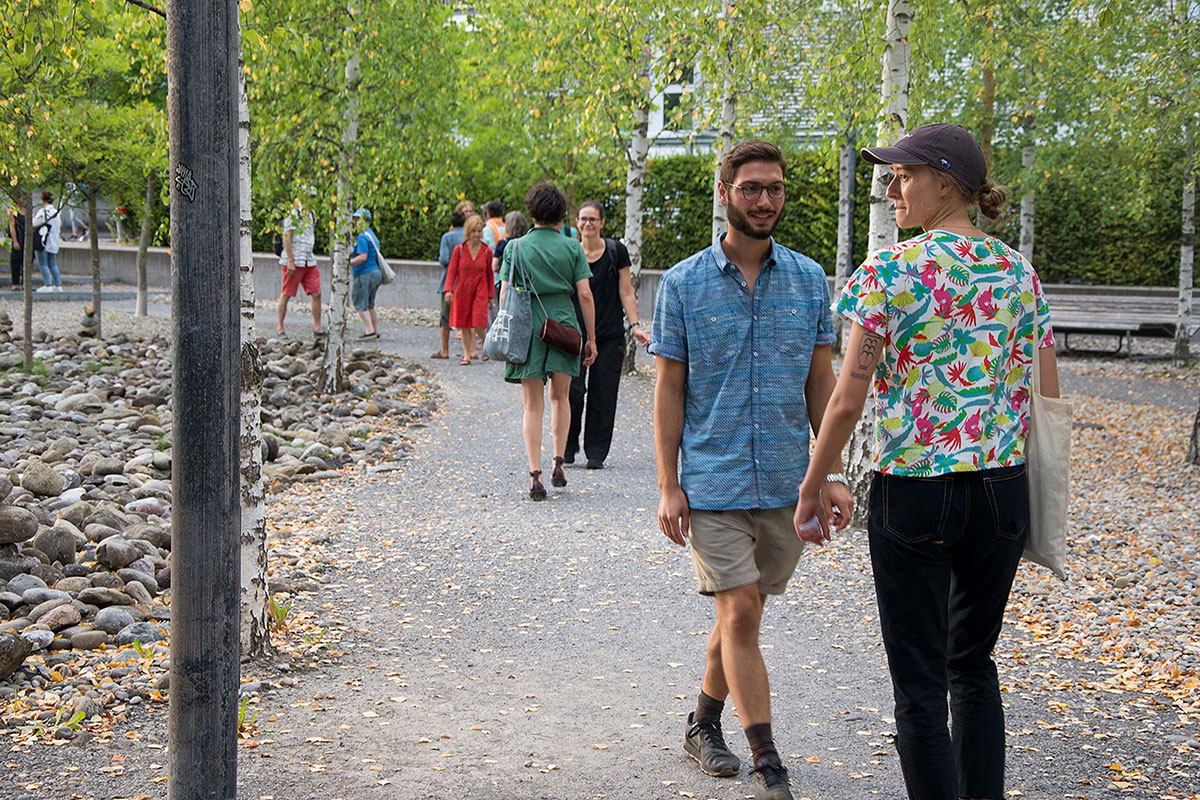
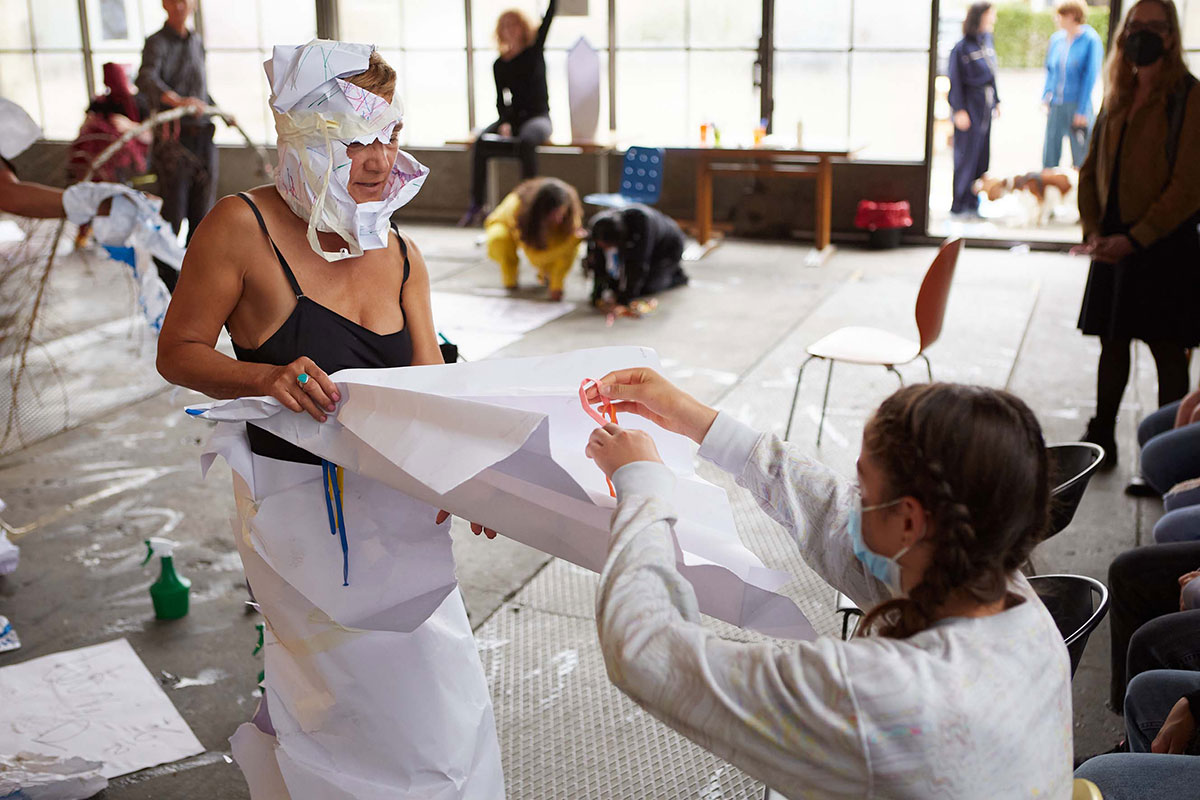
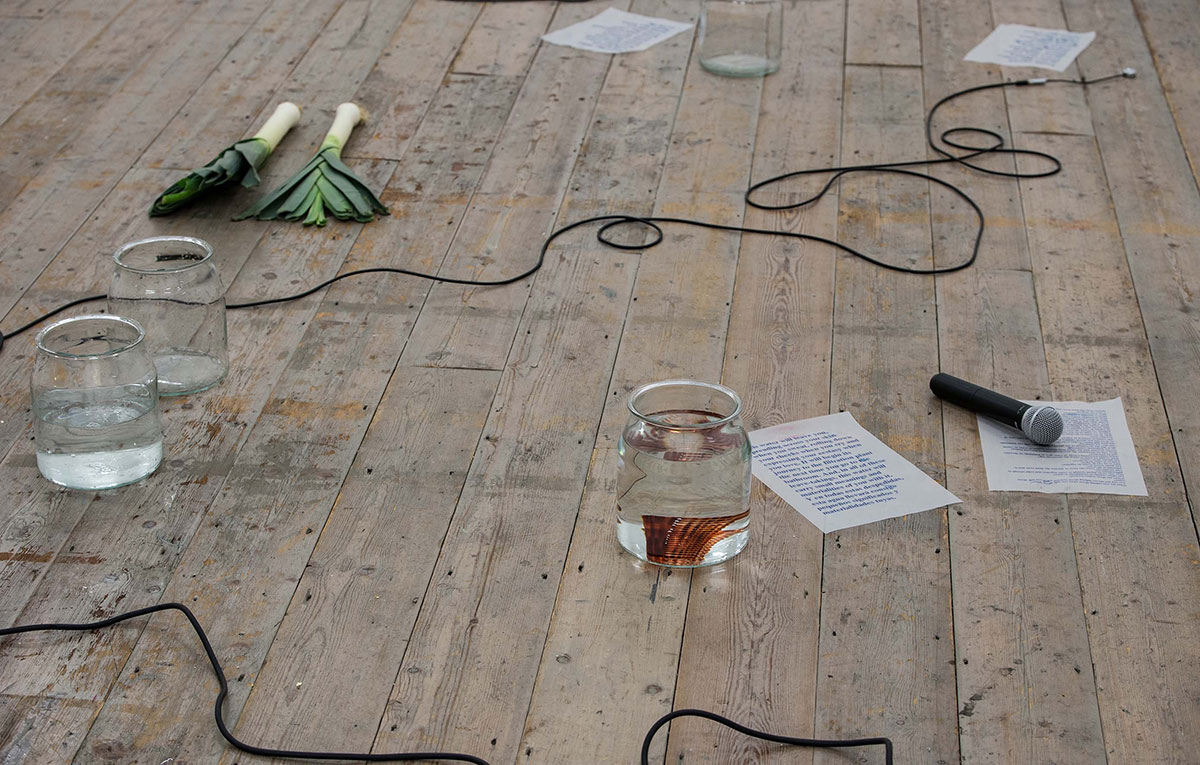
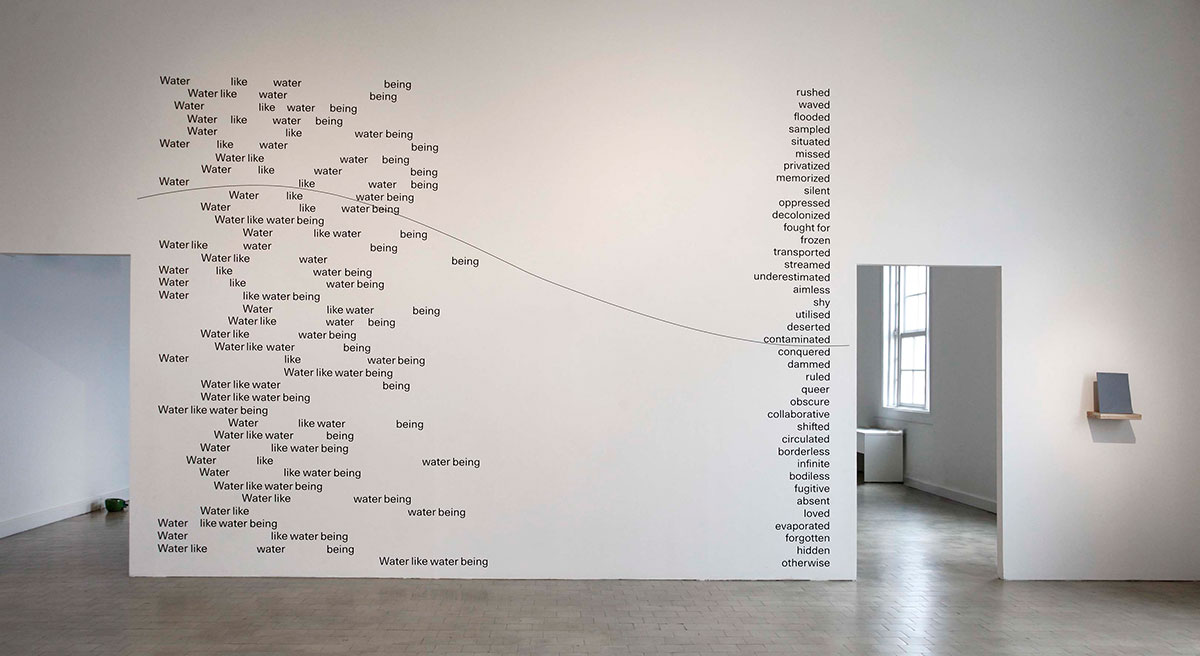
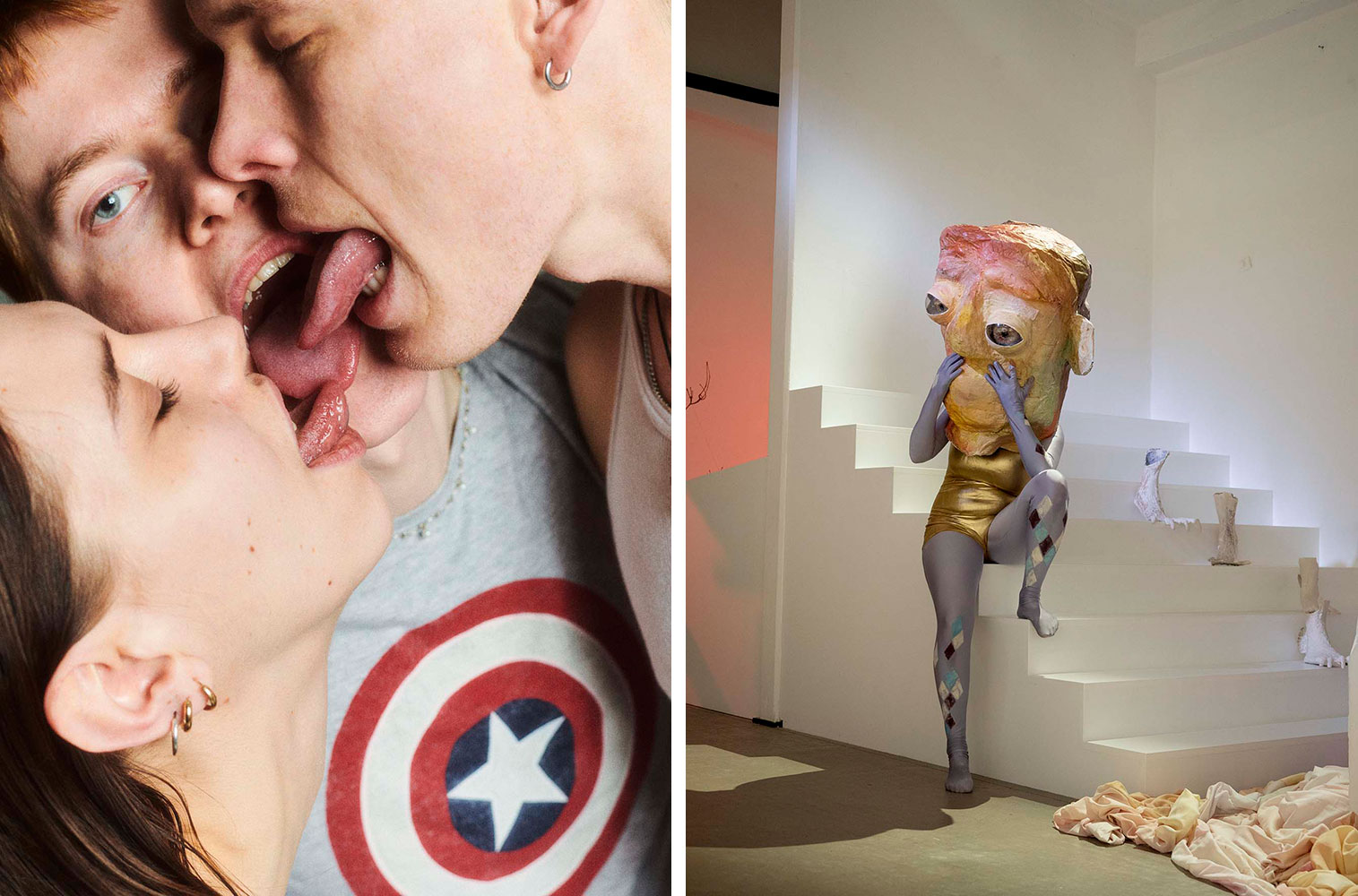
Right: Madison Bycroft
